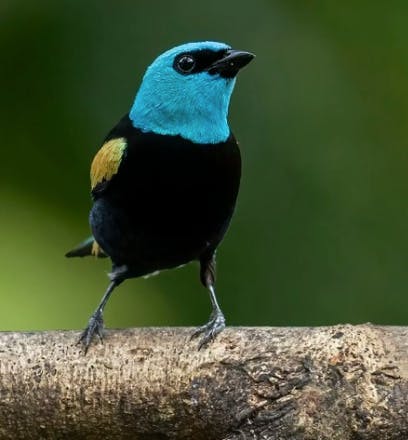General Information
There are many types of greenhouses out there, ranging from the humble tent and hoop greenhouses to the professional structures with automation. Greenhouses may or may not contain supplemental lighting, but they all contain fans, a heating/cooling system, and some way to water the plants. In general, greenhouses are muggy environments, and require a lot of energy to run. You may be able to grow certain orchids in a greenhouse better than indoors, but there are some orchids that will never do well in a greenhouse, because of the heat – you can (and should) grow all your cool-loving orchids indoors instead.
Some greenhouses are free-standing structures, and others are partially buried underground. Some shipping containers have been converted to being greenhouses that are run entirely off of artificial lights. They moreso fall under indoor growing conditions because the climate is so stable. Greenhouses require stricter sanitation methods than indoor growing because they are wet, warm environments – perfect for pests and fungi in which to wildly spread.
Greenhouses also have a problem with temperature management – especially in southern latitudes, and in northern latitudes in the summer. Many greenhouses use a combination of fans and a water-cooling system (kind of like a swamp cooler) to cool their greenhouses. It also helps to use shade cloth if greenhouses are having a heating problem, as well as even opening up the roof of the greenhouse entirely during the summer!
Additionally, it’s helpful to know the angle of the sun in the sky and the duration of daylength. You can generate a solar chart for your exact location on Earth by visiting the University of Oregon’s Solar Radiation Monitoring Laboratory.
Whatever the size, similar suggestions for selection, design and installation apply. There are three major types of greenhouses to consider. The lean-to greenhouse is usually small, about 6 to 10 feet long. One of its long sides is formed by the side of the house to which it is attached. Relatively inexpensive to make and maintain, its major drawbacks are a lack of space for an expanding collection and a tendency to heat up and cool off more rapidly than is desirable.
The attached greenhouse is an extension of one's home, connected at the narrow end rather than the long side, as with the lean-to greenhouse. It is generally large and thus capable of providing more reasonable control over humidity, ventilation and expansion problems. Some homeowners incorporate a living area into a lean-to or attached greenhouse.
The free-standing greenhouse is unattached on all four sides. It is the most expensive to construct but, aside from some inconvenience of access in inclement weather, it offers maximum light and the best control. Some space must be sacrificed for a work bench and storage area.
Visit as many orchid greenhouses as possible, and consult books on and manufacturers of greenhouses before making a final decision. Where space is limited inside the home, window greenhouses offer a prime space in which to cultivate small-growing orchids. Opt for a model with vents and small fans that enhance ventilation. Two or three shelves increase space; they may be solid, to prevent water from dripping on the plants below, or perforated to aid air circulation.
The optimum size with which to begin is a greenhouse 14 feet wide and 14 to 20 feet long. This affords a center bench as well as two side benches. Such a greenhouse may seem enormous at first, and unnecessary for an initial collection, but there are several factors to consider. First, those contemplating a greenhouse are serious about orchid growing. Consequently, the collection will inevitably grow by leaps and bounds. What seems to be adequate space today will become a major limitation in two years. Second, since a large greenhouse is preferable in the long run, it is less expensive to build it now than to add an extension onto a smaller one in the future.










